Gotham Greens CEO Talks Sustainable Growth, Innovative Technologies and Exciting Milestones
In this month’s CEA Q&A, we speak with Gotham Greens‘ CEO Viraj Puri, who is joining our Indoor Ag-Con 2024 “Leader Insights” keynote panel in March! A true CEA leader, Gotham Greens has made a remarkable journey from a single rooftop greenhouse in Brooklyn to becoming one of the largest hydroponic leafy green producers in North America. From tackling the challenges of the South’s hot and humid climate with cutting-edge greenhouse technologies to introducing fresh salad kits and championing sustainability, Puri shares valuable insights into the company’s growth, initiatives, milestones and commitment to reshaping the future of agriculture.
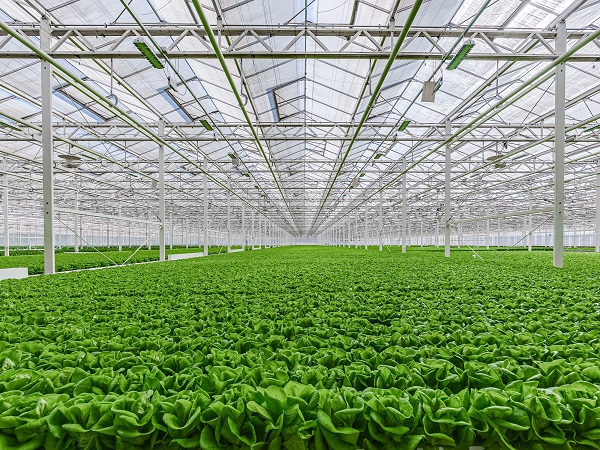
Gotham Greens has rapidly expanded across the U.S since its launch in 2011 – now operating in various states and climates. Can you share some insights into the innovative technologies and strategies employed by your latest greenhouse in the southeast, particularly addressing the challenges posed by the region’s hot and humid climate?
As we continue to grow our brand, we’re excited to expand in the South and Southeast with new greenhouses in Texas and Georgia. At Gotham Greens, we’re committed to growing more with less, especially as changing climates are creating less favorable growing conditions in these states and across the country. These new greenhouses use our most advanced technology to date, including enhanced automation, cooling and dehumidification systems specifically tailored to the regions, and data science capabilities in a fully closed system to help consistently and reliably grow food closer to where people live no matter the weather outside. We’re proud to bring fresh, sustainably grown leafy greens and herbs that meet the high-quality standard consumers everywhere have come to associate with and expect from the Gotham Greens brand.
The new, state-of-the-art greenhouse facilities in the Dallas Metro area (Seagoville, Texas) and in Monroe, Ga., located between Atlanta and Athens, are examples of what comes next as we face ongoing extreme weather events and increased risk of drought in the U.S. Gotham Greens’ indoor farms create the ideal conditions for plants to thrive and provide consumers throughout the southern U.S. with sustainable fresh produce all year-round.
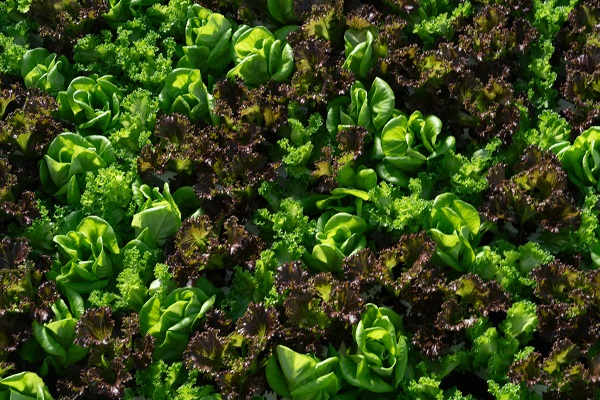 Gotham Greens recently introduced a new line of salad kits, combining your high-quality greens and dressings. Can you speak to the inspiration behind these salad kits and the response from consumers?
Gotham Greens recently introduced a new line of salad kits, combining your high-quality greens and dressings. Can you speak to the inspiration behind these salad kits and the response from consumers?
Gotham Greens is well known for our high quality, longer lasting, pesticide-free salad greens and our line of fresh, flavorful salad dressings, and this portfolio addition combines these ingredients for a quick and easy meal solution made with premium-quality salad greens and delicious flavors that consumers crave. The new salad kits are available in three popular flavor varieties (Green Goddess, Southwest Ranch and Caesar) and are packed with fresh ingredients, including Gotham Greens greenhouse-grown lettuce and fresh flavor-filled toppings and dressings, for convenient home-cooked meals or lunches on the go.
We want people to enjoy fresh greens throughout the day, and we remain committed to bringing consumers the best-tasting, most flavorful fresh foods in the category. What sets us apart from the competition is quality and flavor, from the greens that we grow to the ingredients that we use in all our products, and we hope that consumers can sense that commitment to taste, quality and sustainability in every bite. We’ve received a lot of positive feedback about the kits so far and are excited to bring them to more markets this winter.
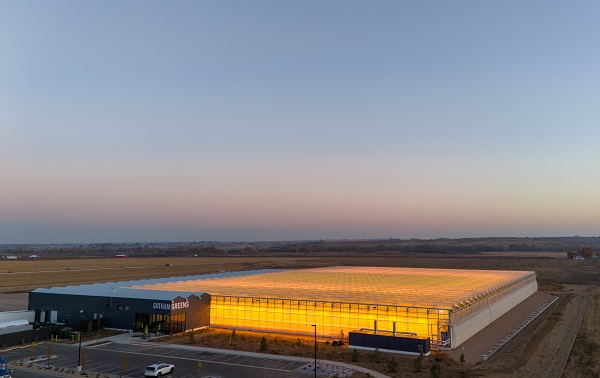
Gotham Greens has championed sustainability, using significantly less water and land compared to traditional farming methods. How do you envision the future of sustainable agriculture, especially within the CEA industry? Are there upcoming initiatives or partnerships that will further strengthen Gotham Greens’ commitment to sustainability?
As a Certified B Corporation™, Gotham Greens champions quality, efficiency, dedication and freshness in all forms, both inside its greenhouses and throughout the communities where it operates. In addition to creating year-round, full-time jobs with competitive wages and benefits, we are driving the industry toward a more sustainable food system through industry-leading social and environmental practices. Our hydroponic growing methods help us use up to 90% less water than conventional growing methods, which means that at our current footprint, Gotham Greens saves 300 million gallons of water every year compared to field-grown farming, or the equivalent to around 450 Olympic-sized swimming pools. Whole Foods Market’s ninth annual trend report recently recognized our greens for promoting water conservation, a growing interest point for consumers. Gotham Greens’ national network of greenhouses provides a consistent and reliable supply of fresh greens for customers while eliminating the need for long-distance transportation, allowing its produce to stay fresher longer, thus increasing shelf life and decreasing food waste. As we continue to expand across the country, we look forward to deepening our relationships with key educational partners, such as University of California-Davis, as we help shape the agricultural climate of the future.
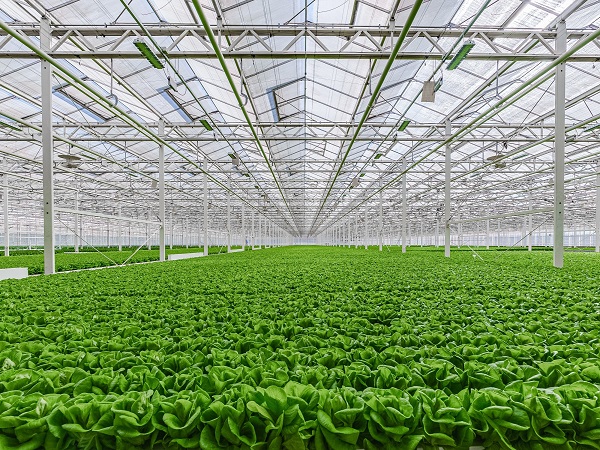 From a single rooftop greenhouse in Brooklyn to one of the largest hydroponic leafy green producers in North America, Gotham Greens has undergone remarkable growth. Are there specific milestones or initiatives you’re particularly excited about in the next phase of Gotham Greens development?
From a single rooftop greenhouse in Brooklyn to one of the largest hydroponic leafy green producers in North America, Gotham Greens has undergone remarkable growth. Are there specific milestones or initiatives you’re particularly excited about in the next phase of Gotham Greens development?
We recently celebrated our twelfth birthday in addition to the tenth anniversary of our second greenhouse located in Brooklyn’s Gowanus neighborhood on the roof of Whole Foods Market. The country’s first rooftop commercial-scale greenhouse integrated into a supermarket has now blossomed into a global movement of urban and innovative farming projects. This anniversary feels extra special, as this pioneering project has served as an inspiration to urban farming projects around the world. We’re especially grateful to Whole Foods Market for over a decade of supporting our mission to bring fresh, local and sustainably grown produce to its stores. We have additional plans for expansion and look forward to sharing more about that later this year!
Learn more about Gotham Greens by visiting their website.
And, make plans now to attend the March 11-12, 2024 edition of Indoor Ag-Con as Viraj joins other CEA executives on our keynote stage for our midday keynote session on day one: “Leader Insights: Charting the Future Landscape of Controlled Environment Agriculture”. Learn more about our full conference schedule and join us!
All photos courtesy of Gotham Greens.
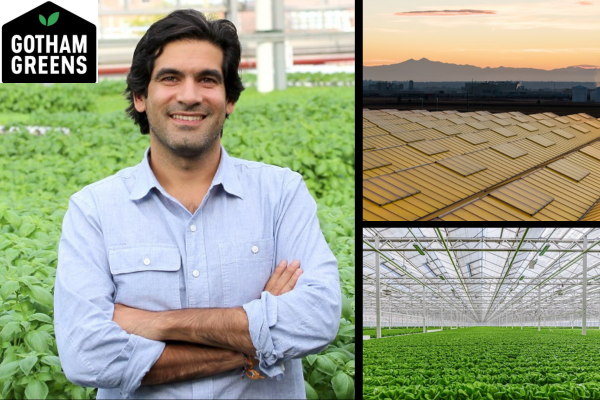
 The NGA Show,
The NGA Show, 


 Dr. Joel L. Cuello
Dr. Joel L. Cuello